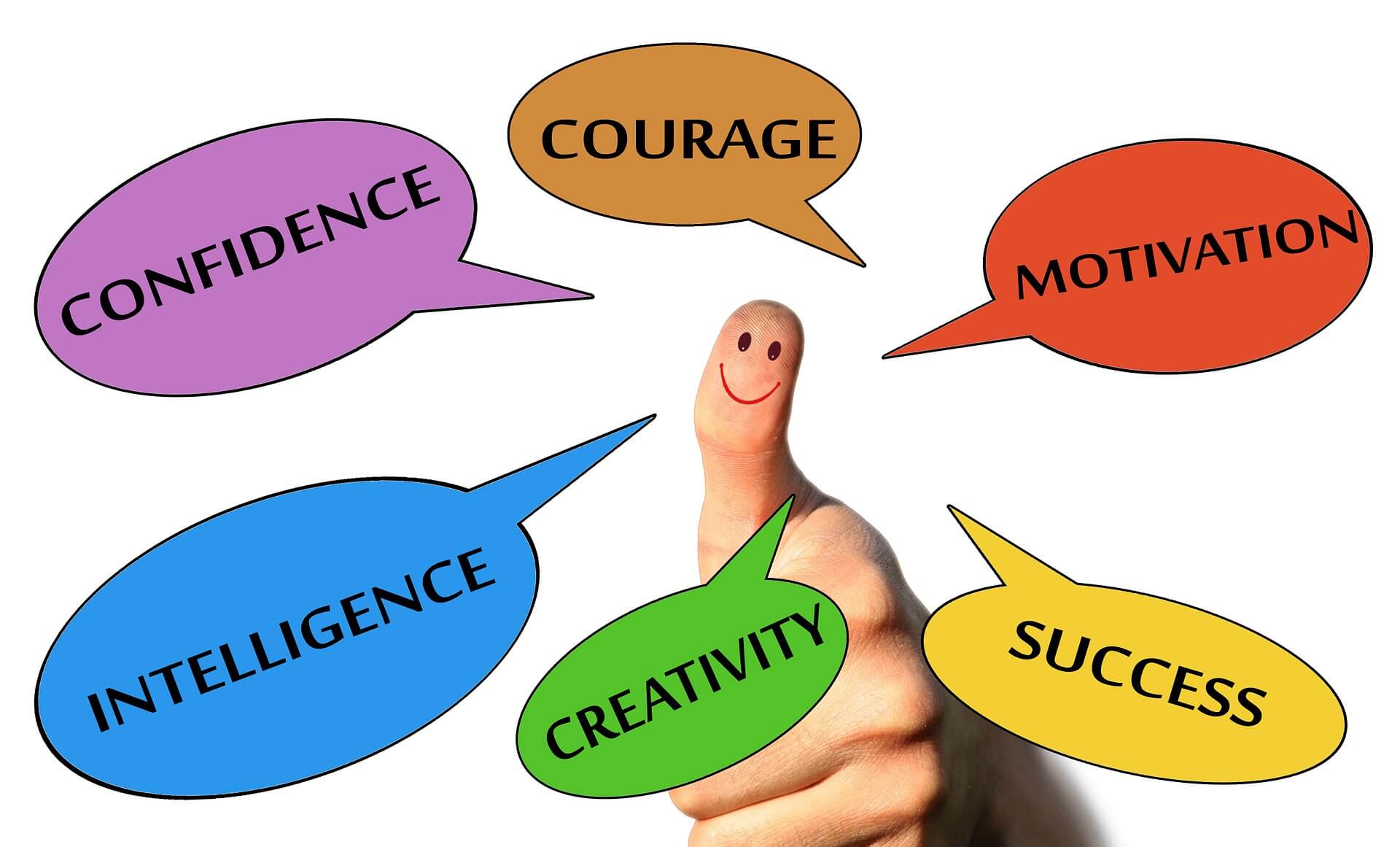CPG leaders (Consumer Goods Companies) understand that delivering exceptional consumer experiences is crucial for distinguishing their brands.
A customer-first strategy has emerged as a pivotal approach to business success in every industry, prioritizing customers’ needs, preferences, satisfaction and delight across all facets of an organisation.
This strategy is particularly vital for CPG companies given the direct impact on consumer choices and brand loyalty. It encompasses a comprehensive understanding of consumer behaviour and leverages advanced technologies like AI and data analytics to create personalized and seamless experiences from product development to point of sale and beyond.
For CEOs and business owners in the CPG sector, implementing a customer-first approach enhances customer loyalty and retention and drives profitability and long-term success in a rapidly evolving market.
Here are the ten most important questions that CPG leaders should ask when adopting a consumer-first strategy and culture in their organization.
If you prefer to listen rather than read:
1. What Does a Consumer-first Strategy Entail in the CPG Industry?
A customer-first strategy in CPG involves prioritizing consumer needs and experiences across all business operations, from product development to marketing and customer service. This approach requires CPG businesses to:
– Integrate consumer feedback into their product innovation processes
– Develop products that meet and ideally surpass consumer expectations for quality, convenience, and sustainability
– Provide exceptional consumer service across all touchpoints, including retail partners and e-commerce platforms
Companies like Honeywell and Medline Industries emphasize transparency and honesty, even when delivering uncomfortable truths, to build trust with their customers (Zendesk) (Graph Digital).
According to a study by Zendesk, 90% of companies collect customer feedback, but only 10% act on it, and just 5% communicate back to their customers about the changes they made based on their feedback. This highlights a significant gap that customer-first strategies aim to fill by fostering transparency and building trust.
Procter & Gamble’s (P&G) “Consumer is Boss” philosophy exemplifies a customer-first strategy. P&G regularly conducts in-home visits and observational research to understand consumer needs deeply. This led to innovations like Tide Pods, which addressed the consumer desire for convenient, pre-measured laundry detergent.
According to a study by IRI and Boston Consulting Group, CPG companies that excel in consumer-centric practices grow their revenue 2.5 times faster than industry peers.
2. How Can We Understand Our CPG Customers Better?
Understanding CPG consumers requires leveraging data analytics and AI technologies to gain insights into their behaviours, preferences, and needs. This is particularly crucial in an industry where consumer trends can shift rapidly.
– Use advanced analytics to interpret point-of-sale data, social media sentiment, and e-commerce behaviours
– Implement AI-driven personalisation in marketing and product recommendations
– Conduct regular consumer panels and focus groups to gather qualitative insights
A McKinsey report found that companies using data-driven personalisation see 5-8 times the return on their investment (ROI) and can lift sales by 10% or more.
In addition, 71% of consumers today expect … Click to continue reading









